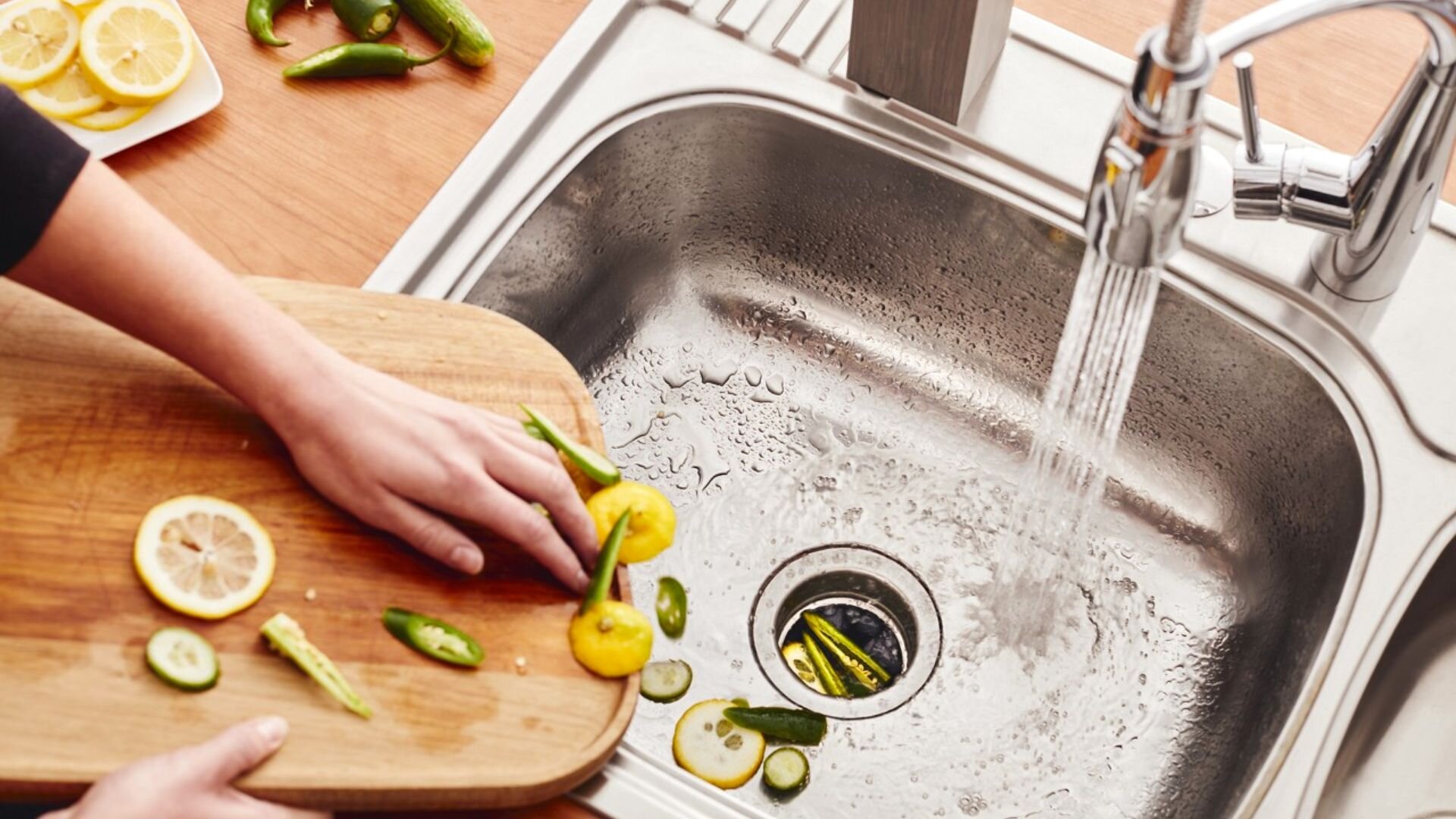Verified Ways to Fix a Leaking Waste Disposal Unit
Verified Ways to Fix a Leaking Waste Disposal Unit
Blog Article
How do you actually feel on the subject of How to fix a pretty consistent leak from my garbage disposal?

Garbage disposals are essential kitchen area appliances that assist in getting rid of food waste efficiently. Nevertheless, a dripping waste disposal unit can be an irritating and messy issue to take care of. Thankfully, many leakages can be dealt with conveniently with a few straightforward actions. In this write-up, we will certainly talk about just how to repair a leaking garbage disposal effectively.
Intro
Garbage disposals are mounted under cooking area sinks and are made to shred food waste right into smaller sized items, enabling it to travel through the pipes system quickly. While these gadgets are usually trustworthy, leakages can occur in time as a result of damage, loosened connections, or damage to the system.
Step-by-Step Overview to Fixing a Leaking Garbage Disposal
Shut off the Power
Before attempting any repair services, make sure that the power to the waste disposal unit system is turned off to prevent the threat of electrical shock.
Find the Leakage
Determine the precise location of the leak and establish the cause
Tighten Connections
Make use of a wrench to tighten up any kind of loosened connections in between the disposal system and the plumbing system.
Change Seals or Gaskets
If the leak is due to used seals or gaskets, remove the old parts and replace them with brand-new ones.
Patching Cracks or Openings
For splits or holes in the disposal system, usage epoxy or an appropriate patching product to secure the damaged location.
Determining the Resource of the Leak
Prior to attempting to fix a leaking waste disposal unit, it is vital to identify the resource of the leakage. This can normally be done via aesthetic examination or by conducting straightforward tests.
Visual Evaluation
Inspect the garbage disposal system carefully for any type of indications of water leak. Pay very close attention to locations around seals, gaskets, and connection factors.
Evaluating for Leaks
One means to check for leakages is by running water with the disposal unit and checking for any kind of noticeable signs of leakage.
Typical Causes of Leaks in Rubbish Disposals
Worn Seals and Gaskets
Seals and gaskets play a vital role in preventing water from leaking out of the waste disposal unit. With time, these elements can wear away, causing leaks around the disposal unit.
Loose Connections
The connections in between the garbage disposal and the pipes system can become loosened in time, creating water to leak out throughout procedure.
Cracks or Openings in the Disposal System
Physical damage to the garbage disposal, such as cracks or holes in the real estate, can additionally result in leaks.
Tools and Products Needed for Taking Care Of a Dripping Garbage Disposal
Prior to beginning the repair service process, gather the required tools and materials, including a screwdriver, flexible wrench, plumbing's putty, replacement seals or gaskets, and epoxy or patching material for fixing cracks or openings.
Checking the Waste Disposal Unit After Repair Work
As soon as the fixing is total, test the waste disposal unit by running water through it to make sure that the leakage has been dealt with.
Preventive Upkeep Tips to Stay Clear Of Future Leakages
To stop future leaks, it is essential to carry out regular maintenance on your waste disposal unit. This includes maintaining it clean, preventing placing non-food products or tough objects down the disposal, and regularly looking for leakages or other problems.
Verdict
In conclusion, repairing a dripping waste disposal unit is a relatively straightforward process that can be finished with fundamental devices and products. By adhering to the actions outlined in this article and practicing preventive maintenance, you can keep your garbage disposal in good working condition and stay clear of pricey fixings in the future.
What to Do About a Leaking Garbage Disposal
A leaking garbage disposal often goes unnoticed until you confront a sopping cabinet, a foul-smelling puddle, or an audible drip-drip-drip from the unit. The fix can be frustrating, too, because the leak can stem from a number of components in the system. Fortunately, with a little sleuthing, you can zero in on the leak and—depending on the exact location—stop the icky oozing and repair the component that caused it. Worst case scenario, if it turns out that the garbage disposal must be replaced, installing a new one is a reasonable do-it-yourself task for those with basic plumbing skills. Read on to keep the cash you’d otherwise hand over to a pro.
Prepare to find the leak
Prior to testing the garbage disposal for leaks, unplug it at the wall outlet and turn off the power from the breaker box to prevent electrical shock. Then insert a watertight sink stopper into your sink drain and wipe the unit dry with a clean cloth. In any handy container, mix a few drops of food coloring into a few cups of water, and pour the dyed water onto the sink stopper to help you locate the leak.
Investigate the source
the top, where the disposal meets the sink drain the side, where the dishwasher hose or main drain pipe connects to the disposal or the bottom of the unit Inspect each of these locations while gliding a light-colored rag over the unit; the dyed water will readily show on the rag and reveal the location of the leak. If a leak isn’t immediately apparent, remove the sink stopper and pour a few more cups of dyed water down the sink drain, then check for leaks again. Leaks near the top of the unit are more likely to show themselves while the sink is plugged, while side and bottom leaks are more noticeable while the sink is unplugged.
The metal sink flange that sits directly inside the sink drain is typically sealed around the top with plumber’s putty (a clay-like sealant) and then secured from under the sink with bolts. If the plumber’s putty deteriorates, or the bolts loosen, the flange can no longer form a watertight seal between the sink drain and the disposal—which could cause a leak at the top of the unit.
To reseal the leaky flange, you must first detach the garbage disposal. Start by loosening the screws securing the main drain pipe to the disposal, then loosen the screws in the metal clamp securing the dishwasher hose to the disposal and detach the drain pipe and dishwasher hose from the disposal. Loosen the screws in the mounting ring that connects the disposal to the metal mounting assembly beneath the sink, then pull down the disposal and carefully set it on a clean, dry surface. Loosen the bolts in the mounting assembly with a wrench, then pull down the mounting assembly and set it near the disposal.

Do you enjoy reading up on Why Is ? Leave a remark directly below. We would be delighted to see your thoughts about this content. We are looking forward that you visit us again soon. Sharing is caring. Helping others is fun. Thanks a bunch for your time. Visit again soon.
Call Today Report this page